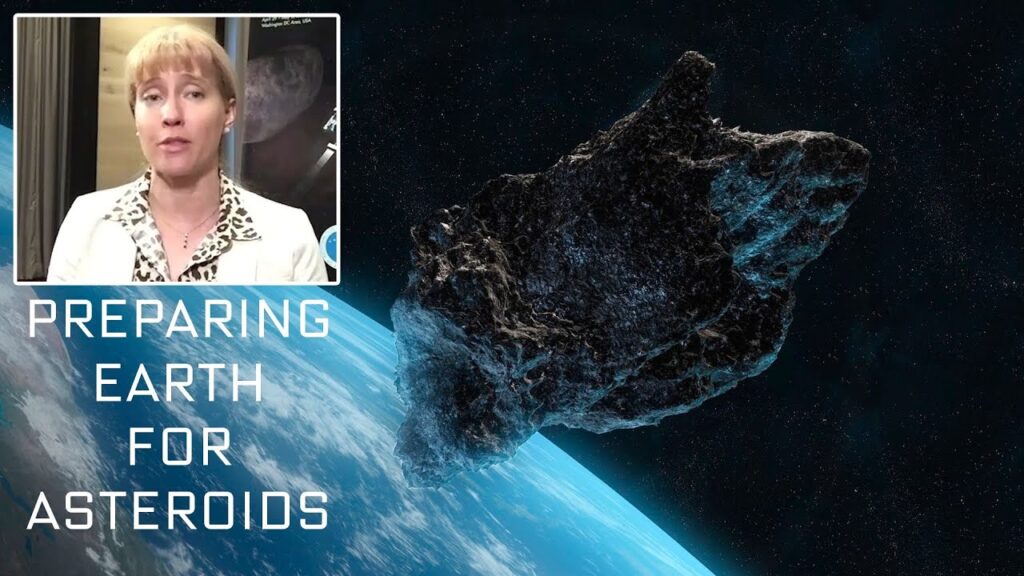The First-Ever Image of a Black Hole: A Q&A with Harvard Astrophysicists
Summary
Harvard astrophysicists Michael Johnson and Andrew Shal discuss the first-ever image of a black hole, which is located at the center of a galaxy called M87, 55 million light-years away. They explain what we are seeing in the image, how it was captured and what it tells us about black holes.
Table of Contents
- What Comes Out of a Black Hole?
- What Are We Seeing Exactly?
- How Was the Image Captured?
- Does the Image Confirm Theories About Black Holes?
- What Would It Be Like to Be Close to a Black Hole?
- Can We Look at the Black Hole in Our Own Galaxy?
Introduction
For years, scientists have relied on simulations, hints and cosmological data to study black holes. However, in 2019, the first-ever image of a black hole was captured at the center of a galaxy called M87. Harvard astrophysicists Michael Johnson and Andrew Shal worked on the project and are here to discuss what the image reveals.
Q&A
What Comes Out of a Black Hole?
Despite the common belief that nothing comes out of a black hole due to the gravitational field being so powerful, some things do come out. Around the event horizon – the boundary of the black hole – light that was captured on a circular orbit around the black hole is flung out. However, if photons venture too far inside the orbit, they will fall in. Once material enters past the event horizon, nothing can escape. Material that is at the edge of the event horizon, on the other hand, gets more compressed and heated as it gets closer to the black hole. All of the emission by that material is amplified just before it crosses the event horizon, so most of its energy is emitted when it gets close to the black hole. The black hole then warps it into a distinctive shape.
What Are We Seeing Exactly?
The image captured of the black hole is not actually the black hole itself, but rather the light surrounding it. This light was captured on a circular orbit around the black hole before being flung out thanks to the strong gravitational field. The region where the gravitational field is so strong is making the photon orbit, and if they venture too far inside of that orbit, they will fall in. While nothing comes out of the event horizon, this material is getting hotter as it gets closer to the black hole, emitting most of its energy once it gets close to it.
How Was the Image Captured?
The black hole in M87 is approximately 50 million light-years away, making it incredibly difficult to capture with a normal telescope. To capture the image, telescopes from all over the world were stitched together, from the South Pole to Chile to Hawaii to Spain. The data was then recorded visually and taken back to reconstruct an underlying image of the data. The resulting image of the black hole is actually a mirror the size of the Earth in a few locations because of how far away it is. From the data set, scientists had to recover the actual image captured.
Does the Image Confirm Theories About Black Holes?
The image of the black hole in M87 confirms much of what we already knew about black holes, including the intense concentrations of mass at the centers of galaxies. However, it was still quite surprising to confirm the theories by seeing a ring of light surrounding the black hole that emits directly from gravity. The bright ring signal is universal, meaning it comes directly from gravity, and it provides new signals to probe astrophysics around the black hole.
What Would It Be Like to Be Close to a Black Hole?
While the image makes the black hole look like a sleeping giant, it is a dynamic and erupting ball of fire that is continually changing, like the surface of the sun. The black hole at M87 is a supermassive black hole with 7 billion times the mass of the sun. If someone were to park a spaceship outside of the event horizon, they would feel a lot of gravity from the black hole, weighing about 200 times as much as they would on Earth. However, they might not feel anything if they crossed the event horizon. It would be like sitting outside an erupting ball of fire in a very dynamic system.
Can We Look at the Black Hole in Our Own Galaxy?
Sag A Star is another black hole closer to us, located in the center of our own Milky Way galaxy. While it is closer to us than the black hole in M87, it is not easier to see. In fact, it is a much better source for several reasons, including the more detailed probes, such as being able to see individual stars orbiting around it. However, a day in the life of M87 equals a minute in the life of Sag A Star. We expect to see various types of dynamical activity around Sag A Star, making it a more difficult problem to turn into a single picture.
Conclusion
Capturing the first-ever image of a black hole in M87 has been an audacious and successful project, providing scientists with valuable insights into the workings of black holes. Despite confirming previous theories, the image still offered surprising insights into a sleeping giant that is in actuality a dynamic and erupting ball of fire.






